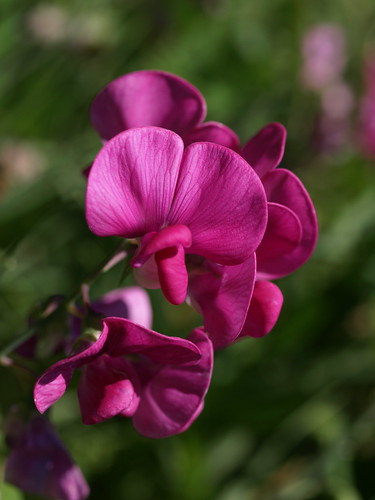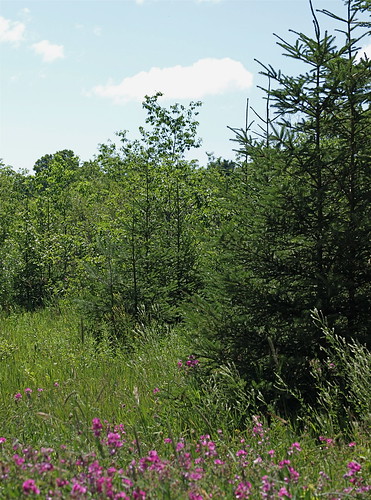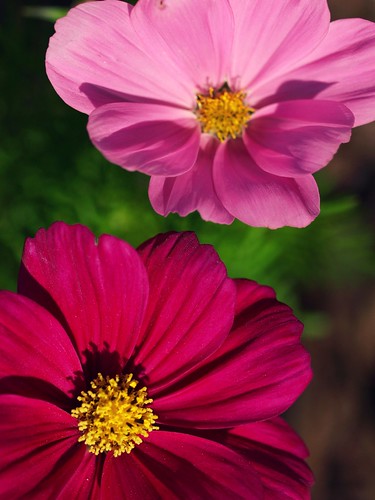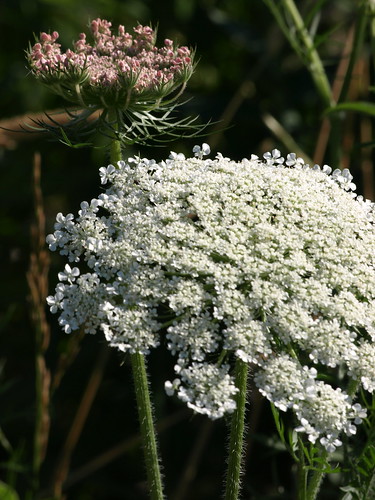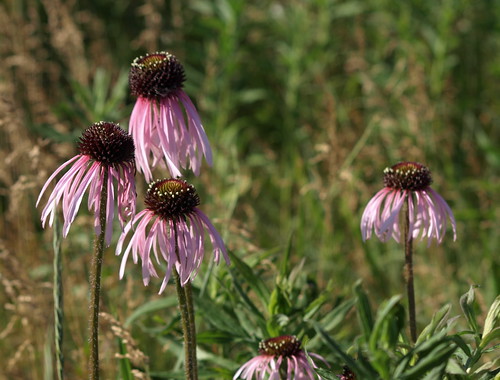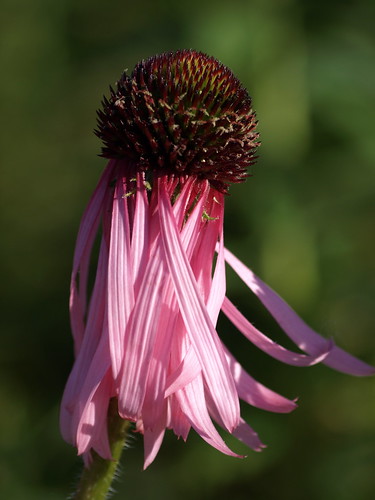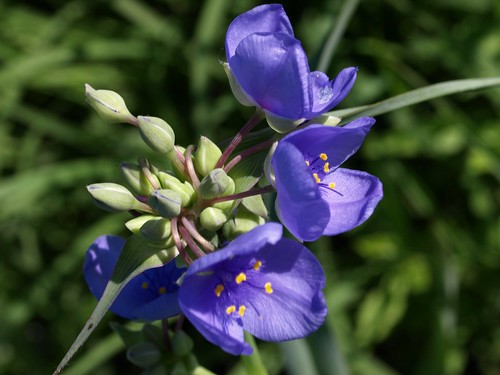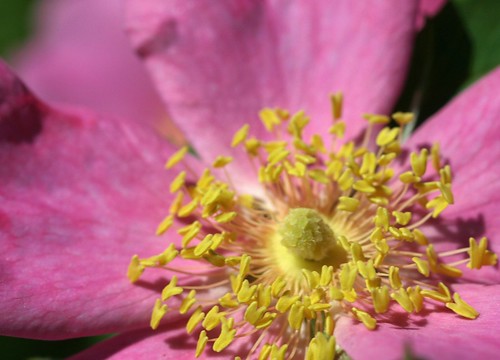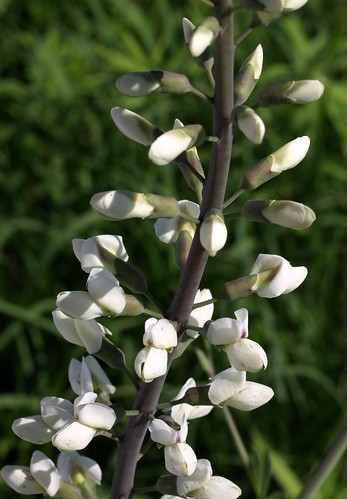This wildflower was blooming in abundance in the meadows on Washington Island. It is referred to as the “everlasting” pea because of its long flowering season – mid June through the end of September. The plant has a fruit which looks like the cultivated garden pea pod, though it is inedible. The showy flowers attract butterflies and sphinx moths for pollination.
Washington Island, only 22 square miles, is sparsely populated. The island is 6 miles off the northern tip of Door County and it is hailed as “North of the Tension Line.” In this meadow, one of many wide open spaces on the island, the pea was prevalent; elsewhere there were stands of Queen Anne’s Lace and orange Day Lilies.
